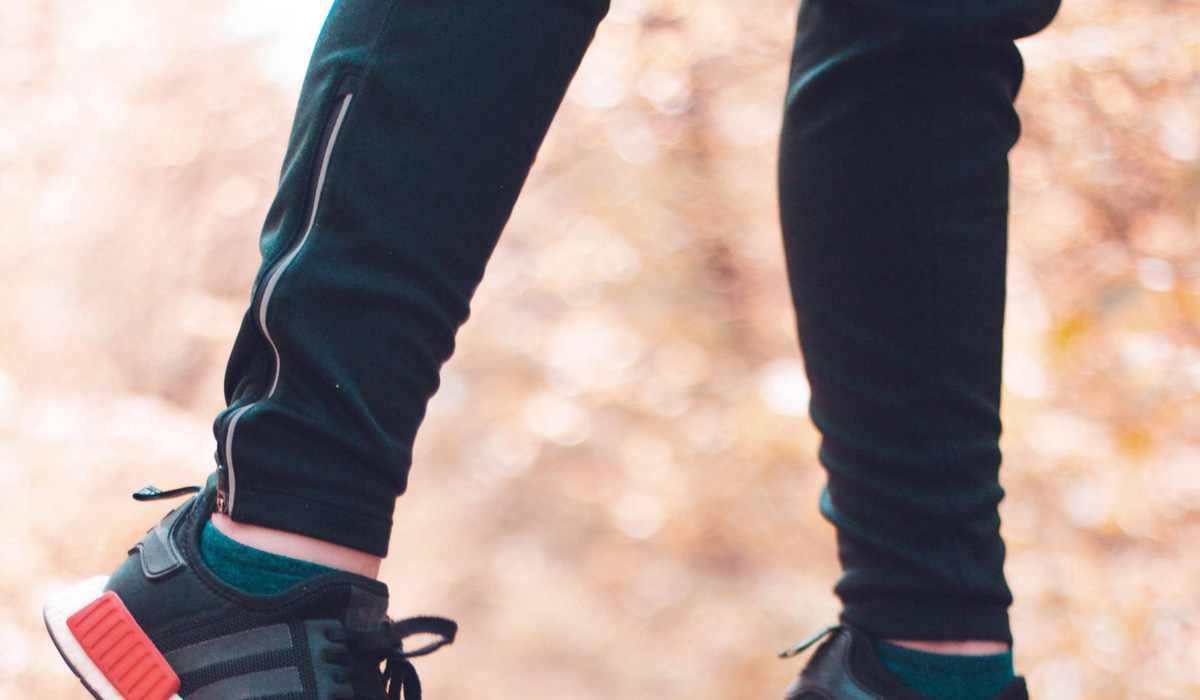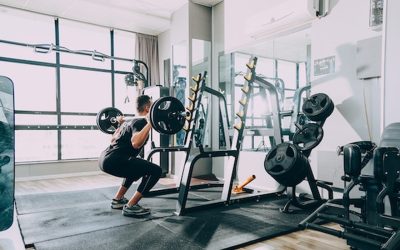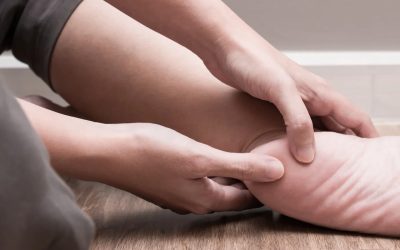Shin splints = also known as that god-awful pain you get in you shin when you run!
Shin splints is the slang term used to describe pain experienced on the inside of your shin. The technical term is medial tibial stress syndrome. Typically this injury occurs gradually with the onset of increased training volume and repetitive stress to the shin.
There is sliding scale of injury when diagnosing shin splints and the management changes for each end of the spectrum. It can vary from muscle overload to an actual stress fracture of the tibia.
It is crucial you have an accurate diagnosis prior to undertaking a rehabilitation program.
Why do you get shin splints?
- Increase in training volume.
- Reduced recovery between training sessions.
- New sports or activities eg. Changing from trail running to road running.
- Poor foot, ankle and calf strength & endurance.
- Footwear & orthotic prescription.
- Excessive pronation or supination of the foot during running and hopping.
- Ankle mobility restrictions or muscle tightness.
- Poor hip and knee control during running and hopping tasks.
How do you know if you have shin splints & what does it feel like?
- Pain that is localised on the inside of your shin bone or in the muscle next to the shin bone.
- Pain that is worse with activities involving running or hopping.
- Tenderness to touch the inside of your shin.
- Pain that gradually worsens as you continue to move or run. Only residing when you stop the activity.
- Dull ache after the activity or night pain can indicate an advanced reaction within the bone.
How do you fix shin splints?
Reduce the training load: This does not always mean stopping completely but a reduction in training volume is key to let your symptoms settle down.
Strengthen the calf complex: Calf weakness is major factor in the development of shin splints. Don’t forget you have 2 calf muscles so strengthen both of them by doing calf raise work with your knee straight and bent.
Muscle flexibility: Reducing muscle tone in the calf, foot and the muscles next to the shin (tib post mainly) using either foam rollers, trigger point balls or stretching.
Footwear & orthotics: Addressing any external influences including footwear or orthotics is an important area not to overlook in the management of shin splints.
Running and landing technique: Efficient stride length, cadence and landing mechanics affect how the lower limb absorbs force. If this is non-optimal you are going to be more exposed to shin splints.
Ice: Regular ice application to shins post exercise can help promote quicker recovery and reduce your symptoms.
We understand this can be a long road back to full training and is a very frustrating process. With guided strength rehab and monitoring training load you can beat shin splints. There is no quick fix for shin splints unfortunately so the key is to be patient, do the boring work and don’t over do it with your fun stuff.




